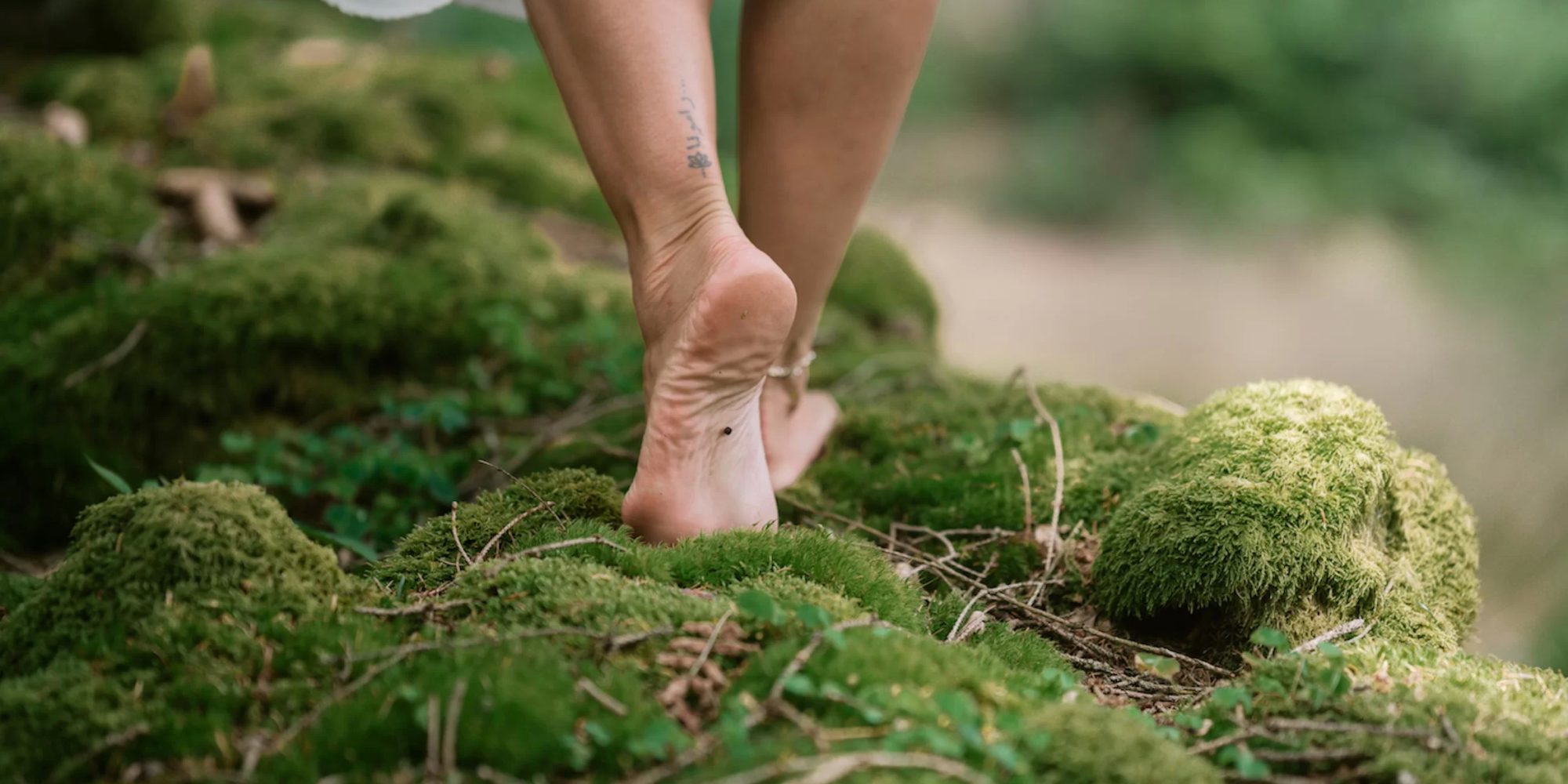
The secret choreography of nature
From the silent charge of the flowers that guide the bees to the hidden networks beneath the forests and to the healing touch of bare feet on the ground, nature reveals an invisible choreography. Science now measures what we once felt by instinct: light, earth, and trees as our oldest luxuries
There is a moment, often overlooked, when we take off our shoes and let our feet touch the earth. It may be on the grass of a garden, the sand of the beach, or the cool soil of a forest trail. Instinctively, we feel as if it’s a reset, a small luxury that costs nothing. For centuries, people have relied on this sensation without needing proof. Today, researchers are beginning to measure what once belonged only to intuition. Studies suggest that grounding—the direct contact with the earth—can influence cortisol rhythms, help regulate inflammation, and improve sleep quality. Science is still underway, but the act itself is so simple and restorative that it deserves to be reclaimed as a daily ritual.
In a time defined by algorithms and endless screens, these are the luxuries worth protecting
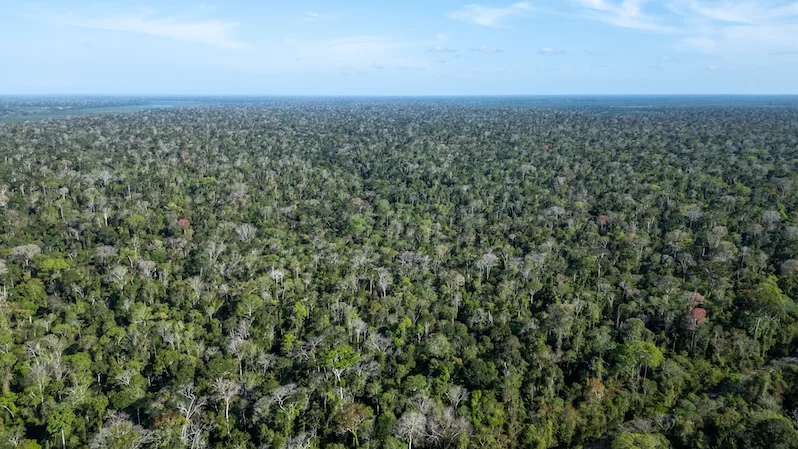
Just as our feet connect to the ground, our eyes connect to the sun. The first rays of morning do more than illuminate the day: they reset the body’s internal clock. Morning light exposure helps regulate hormones, appetite, mood, and rest, aligning us with natural circadian rhythms. It’s not about quantity but about timing: morning light acts like a maestro tuning the orchestra, distributing energy throughout the day and preparing the body for deep sleep at night. In an era dominated by artificial light, stepping outside to greet the sunrise is one of the most refined forms of self-care.
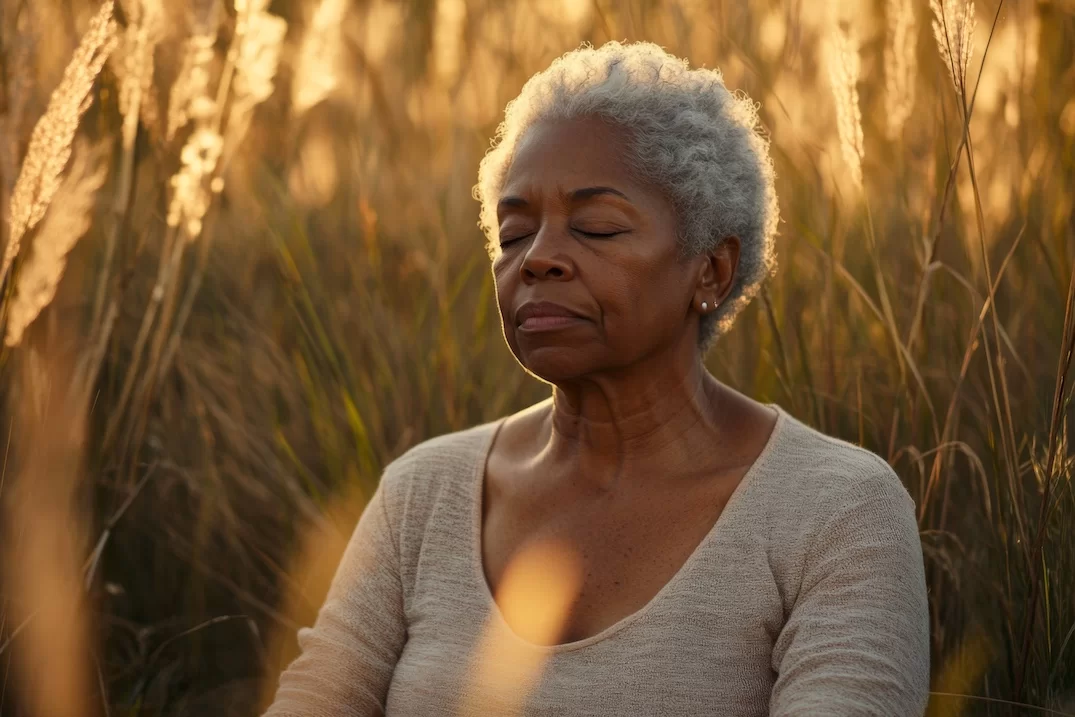
Beyond gardens, entire forests hide their own invisible choreography. Forestry engineer Peter Wohlleben popularized the idea of the “wood-wide web,” a vast network of roots and fungi that connects trees and enables communication and sharing. Sugars and minerals pass from one tree to another; ancient giants, known as “mother trees,” can nourish younger saplings. When a tree is attacked by insects, it releases signals that prompt neighbors to strengthen their defenses. What appears to be a silent collection of trunks is, in fact, a society of cooperation, resilience, and exchange.
This vision of the forest transformed conservation. Cutting down an old tree has effects that spread invisibly through the soil. Compaction of the ground in an urban park breaks connections that sustain the entire canopy. Forests are not just backdrops; they are functional communities, and our decisions carry weight. Yet scientists remind us not to romanticize too much. Trees are not altruistic in the human sense—they are participants in complex systems where sharing increases the chances of collective survival. Even so, the image of trees as neighbors, rather than loners, has changed the way we relate to nature.
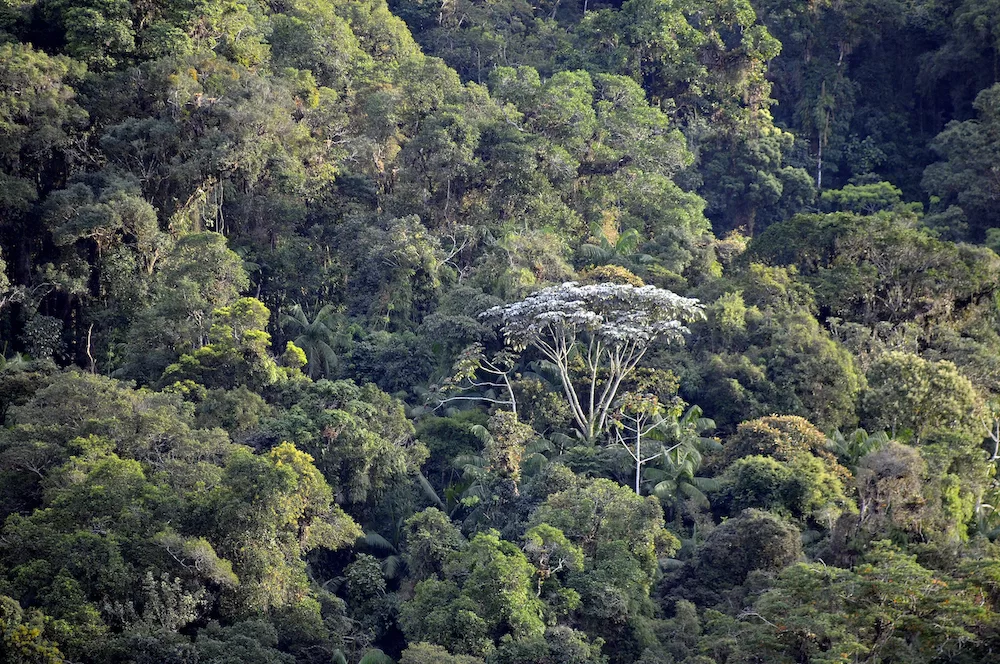
Plants also reveal their intelligence in surprising ways. Think of flowers and bees: when a bee lands to collect nectar and pollen, something extraordinary happens. The bee arrives with a naturally negative electric charge, while the flower is typically more positive. Upon landing, pollen grains leap onto the bee’s body due to this invisible spark of attraction. Then, the flower’s charge temporarily changes, signaling to other bees that it has been visited and should be left undisturbed until it replenishes. Hours later, when more pollen and nectar are available, the charge returns, and the flower becomes a beacon once again. It is a silent dialogue of energy, invisible to us but vital for the survival of entire ecosystems. This constant exchange—between trees and fungi, between flowers and bees, between skin and soil, between eyes and light—reminds us that nature is an intricate web of signals and responses.
Luxury, in this sense, is not excess but awareness: the ability to feel these connections and integrate them into how we live, design, and receive. An east-facing terrace to capture morning light, a spa path paved with hot stones for barefoot walking, or a hotel garden where bees flutter among flowers—these are not artifices but sensory experiences rooted in biology. They are the details that turn hospitality into memory. Even in cities, these principles can be woven into daily rituals. A breakfast by a window bathed in morning light, a corner of the balcony with earthen pots for a few barefoot minutes, or the simple habit of visiting a park to observe trees filtering the sun. What matters is the rhythm: daily contact with earth and light, a conscious pause to align with the natural cycles around us.
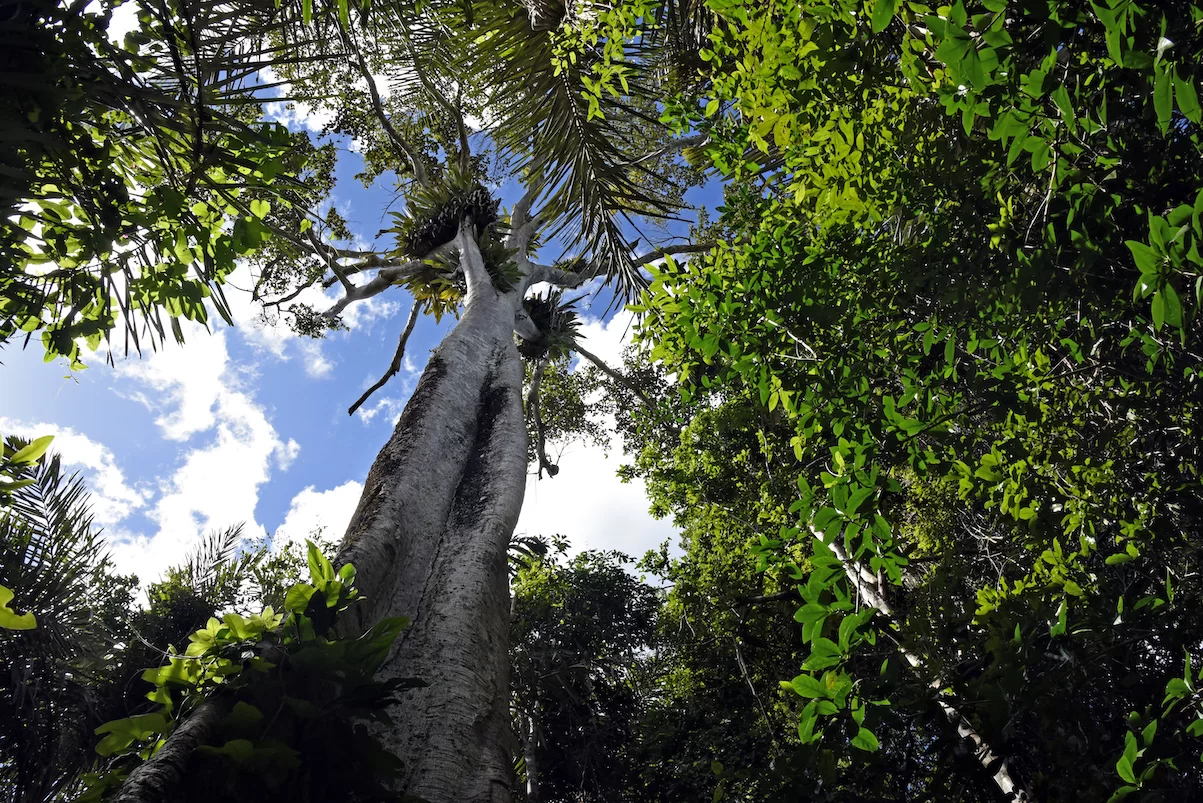
Science continues refining the details, reminding us to separate evidence from myth. But even without absolute certainties, the direction is clear: our bodies and minds flourish when we reconnect with nature. Grounding may not cure inflammation, but it certainly restores calm. Morning light may not solve all sleep problems, but it offers a gentle and reliable boost to our biology. Flowers may not think, but their energy exchanges with bees sustain entire landscapes.

In a time defined by speed, algorithms, and endless screens, these are the luxuries worth protecting. To live well is to live connected: feet on the earth, face in the morning sun, surrounded by trees whose roots embrace beneath the soil, and flowers whose invisible sparks guide the hum of bees. Elegance is not just what we build but also how we remember to return—quietly and tenderly—to what has always been beneath our feet.



